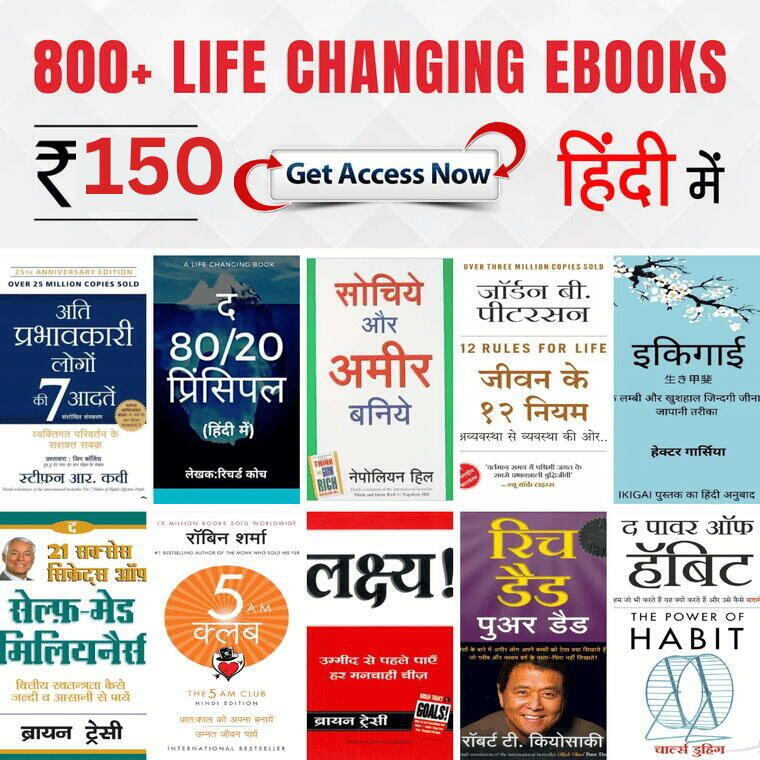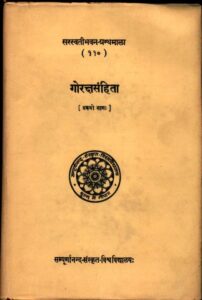Aurangzeb the Man and the Myth PDF Free Download
Aurangzeb Alamgir (1658-1707), the sixth Mughal emperor, has remained a subject of intense debate and intrigue in modern India. Commonly depicted as an intolerant ruler with religious extremist tendencies, this portrayal oversimplifies his intricate historical legacy. However, delving deeper into the annals of history reveals a multifaceted narrative, showcasing his aspirations for justice and responsible governance as an Indian monarch.
Audrey Truschke’s illuminating biography, “Aurangzeb: The Man and the Myth,” challenges established viewpoints, offering a fresh and thought-provoking perspective on this enigmatic Mughal sovereign.
| Book Title | Aurangzeb: The Man and the Myth |
|---|---|
| Author | Audrey Truschke |
| Genre | Biography |
| Published | 2017 |
Exploring the Biography:
“Aurangzeb: The Man and the Myth” stands as a meticulously researched and captivating portrayal of the sixth Mughal emperor, Aurangzeb. In direct contrast to the prevailing narrative that paints him as a religious fanatic and autocrat, Truschke presents a nuanced and layered image of a complex historical figure.
The Early Life and Education:
Tracing back to Aurangzeb’s formative years, the biography unveils his birth in 1618, as the third son of Mughal emperor Shah Jahan. The young Aurangzeb exhibited exceptional intellect, receiving a comprehensive education that encompassed both Islamic and Hindu teachings. Truschke posits that this diverse educational background granted Aurangzeb a profound understanding of various faiths, enriching his worldview.
The Reign and Policies:
Ascending the throne in 1658 following a tumultuous succession war, Aurangzeb’s rule extended for nearly five decades, witnessing the pinnacle of the Mughal empire’s territorial expansion. However, his governance was marked by divisive policies that alienated various communities, including Hindus, Sikhs, and Shia Muslims.
Truschke contends that while Aurangzeb’s decisions were guided by a commitment to Islamic law, the ramifications were far-reaching and often devastating. Historical evidence highlights instances of religious persecution of Hindus and Sikhs, alongside military campaigns that brought widespread suffering.
A Reassessment of History:
“Aurangzeb: The Man and the Myth” serves as a compelling and provocative narrative, prompting a reevaluation of one of India’s most controversial historical figures. Truschke’s extensive research lends credence to her arguments, while her engaging prose invites readers to reconsider the intricate tapestry of the Mughal era and India’s past.
Critical Review:
Audrey Truschke’s work stands as a stimulating and thought-provoking account, challenging existing notions and inviting readers to reexamine their perceptions of Aurangzeb. Key aspects of the book include:
- A Nuanced Portrait: Truschke successfully dismantles the conventional portrayal of Aurangzeb as an uncompromising zealot, replacing it with a more intricate and multifaceted character study.
- Meticulous Research: The biography is underscored by a meticulous approach to research, with Truschke diligently citing sources and weaving together a comprehensive narrative.
- Engaging Prose: Truschke’s writing style is clear, engaging, and accessible, enabling her to convey complex historical events in a reader-friendly manner.
- Insights into History: Readers gain a deeper insight into the Mughal empire’s dynamics and India’s historical landscape through Truschke’s comprehensive analysis.
Highlights from the Book:
Drawing from “Aurangzeb: The Man and the Myth,” notable points include:
- Temple Demolition and Transformation: In 1669, Aurangzeb ordered the demolition of the Kashi Vishwanath temple in Varanasi, triggering a prolonged dispute over the Gyanvapi complex. Subsequent years witnessed symbolic gestures of resilience by the Hindu community, including the construction of the Kashi Vishwanath temple in 1735 and subsequent developments.
- Gyanvapi Masjid Dispute: The 1809 dispute over Gyanvapi Masjid marked a significant turning point, as the Hindu community sought ownership of the mosque, which was ultimately denied by British authorities. The subsequent recommendation in 1810 and architectural contributions in the 1820s reinforced the Hindu claims to the site.
Detailed Table of Contents:
- Introducing Aurangzeb:
- Aurangzeb’s Unforgettable Legacy
- Challenging the Myth of Aurangzeb the Tyrant
- Rediscovering the Multifaceted Aurangzeb
- Early Years:
- The Ascent of Aurangzeb
- Nurturing an Indian Prince
- The Emergence of Hindustan’s King
- The Circle of Life and Death
- The Grand Arc of Aurangzeb’s Reign:
- Expanding Horizons and Enforcing Justice
- A Custodian of the Grand Mughal Tradition
- Administration of Hindustan:
- Vigilant Stewardship over an Empire
- Honoring Hindu Nobles
- Shivaji vs. Aurangzeb: Clash of Titans
- Moral Compass and Leadership:
- The Intersection of Piety and Power
- Enforcing Moral Codes
- Guardian of Hindu Religious Communities:
- Preserving the Sanctity of Temples
- Unveiling the Tragedy of Temple Destruction
- Later Years:
- Conquest of the Deccan
- The Sunset of a Monarch
- Aurangzeb’s Enduring Legacy:
- Echoes of Aurangzeb’s Reign
- Unraveling the Chains of Aurangzeb
Accessing the Book:
For those interested in exploring “Aurangzeb: The Man and the Myth,” the book is available for reading online. Additionally, readers can access a downloadable version in a suitable format, ensuring respect for copyright laws and authorized distribution.
You Can Download Aurangzeb: The Man and the Myth Book in English From the link Given Below:
In Conclusion:
In a final reflection, the transformation of the Gyanvapi complex is vividly portrayed through historical accounts. Commencing with the temple demolition in 1669, the landscape evolved over the centuries, culminating in the construction of the Kashi Vishwanath temple by Maharani Devi Ahilyabai of Indore in 1735. This narrative encapsulates the resilience and history of the Hindu community, intricately woven into India’s historical fabric.
Wishing you a gratifying and enlightening reading experience!
[Note: Availability of the book for reading or download should comply with copyright regulations and intellectual property rights.]












Leave a Comment